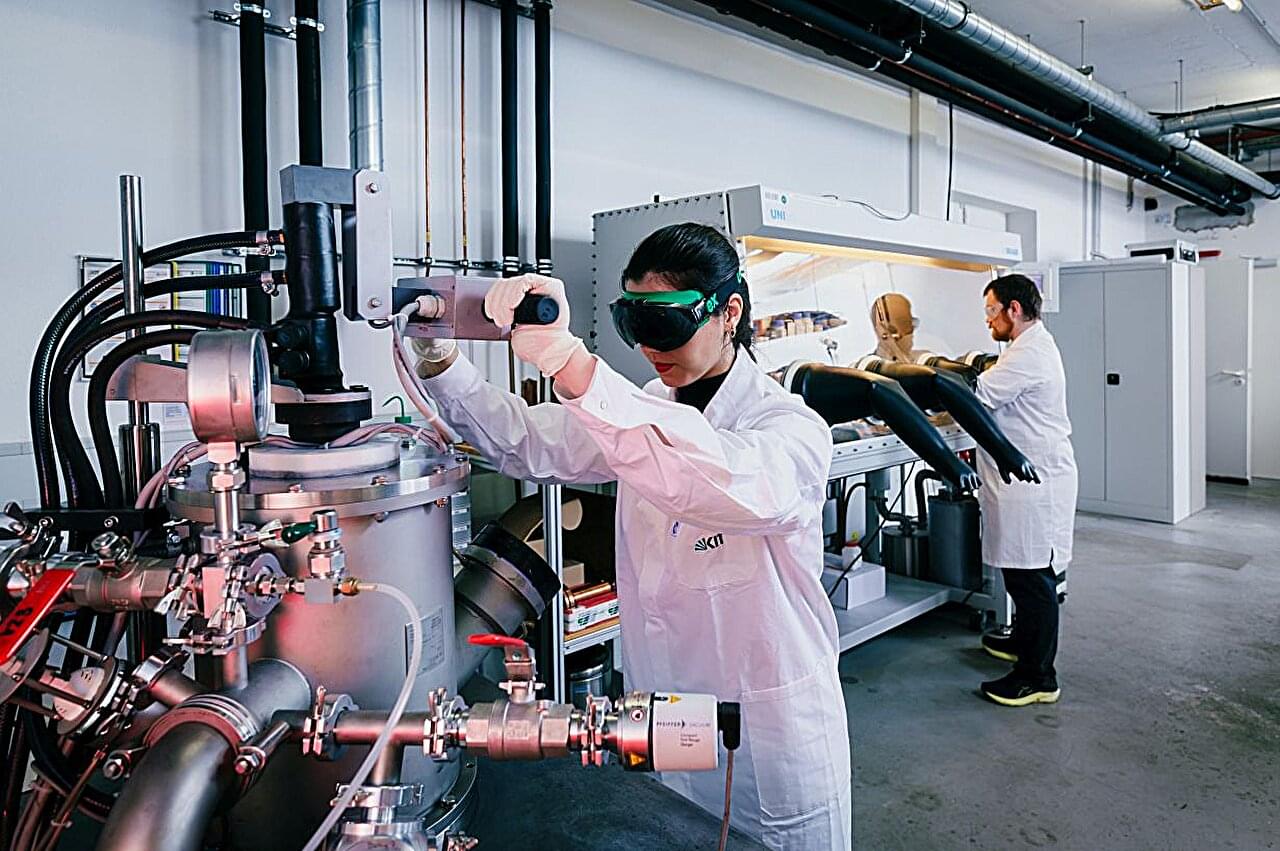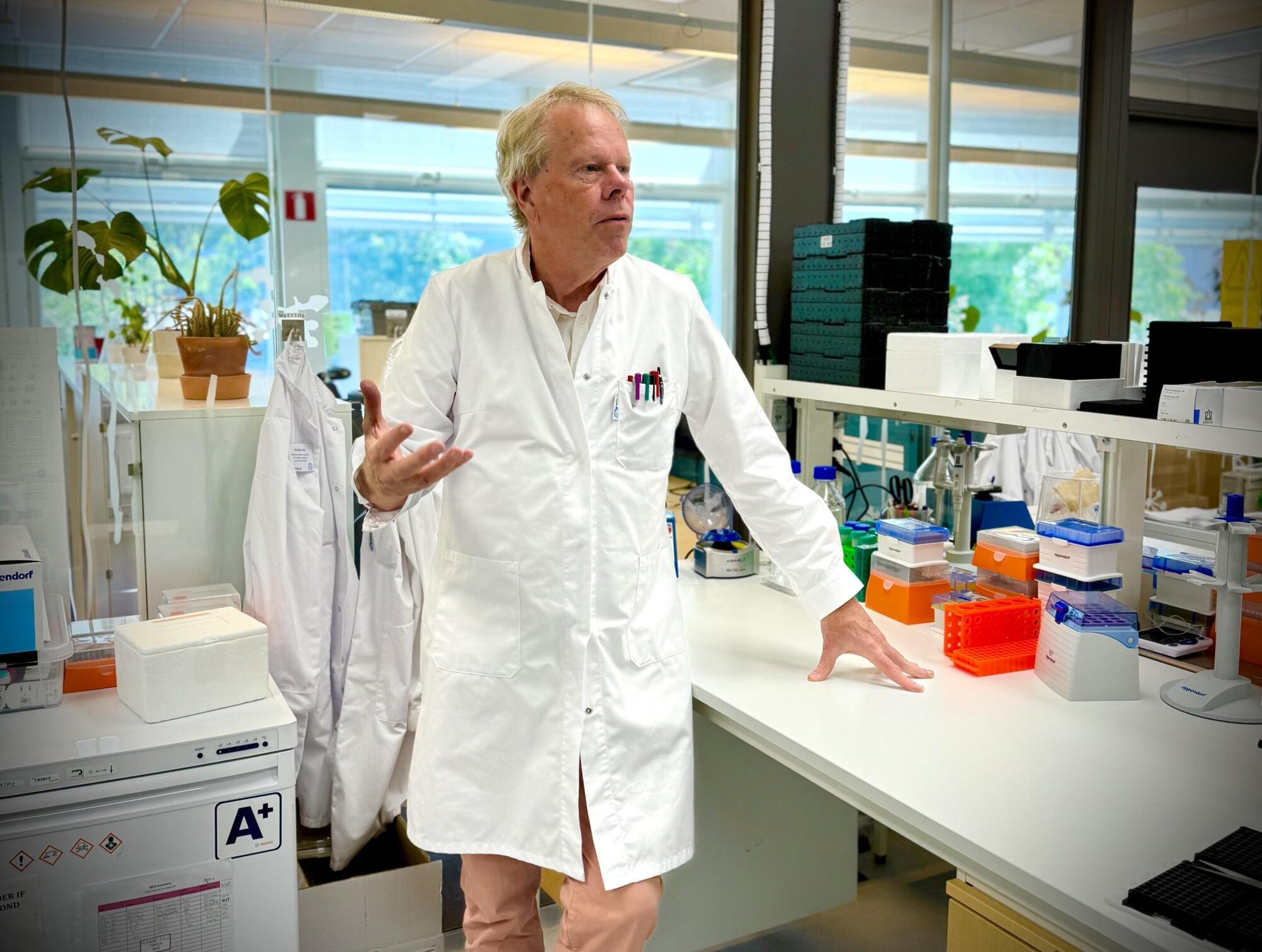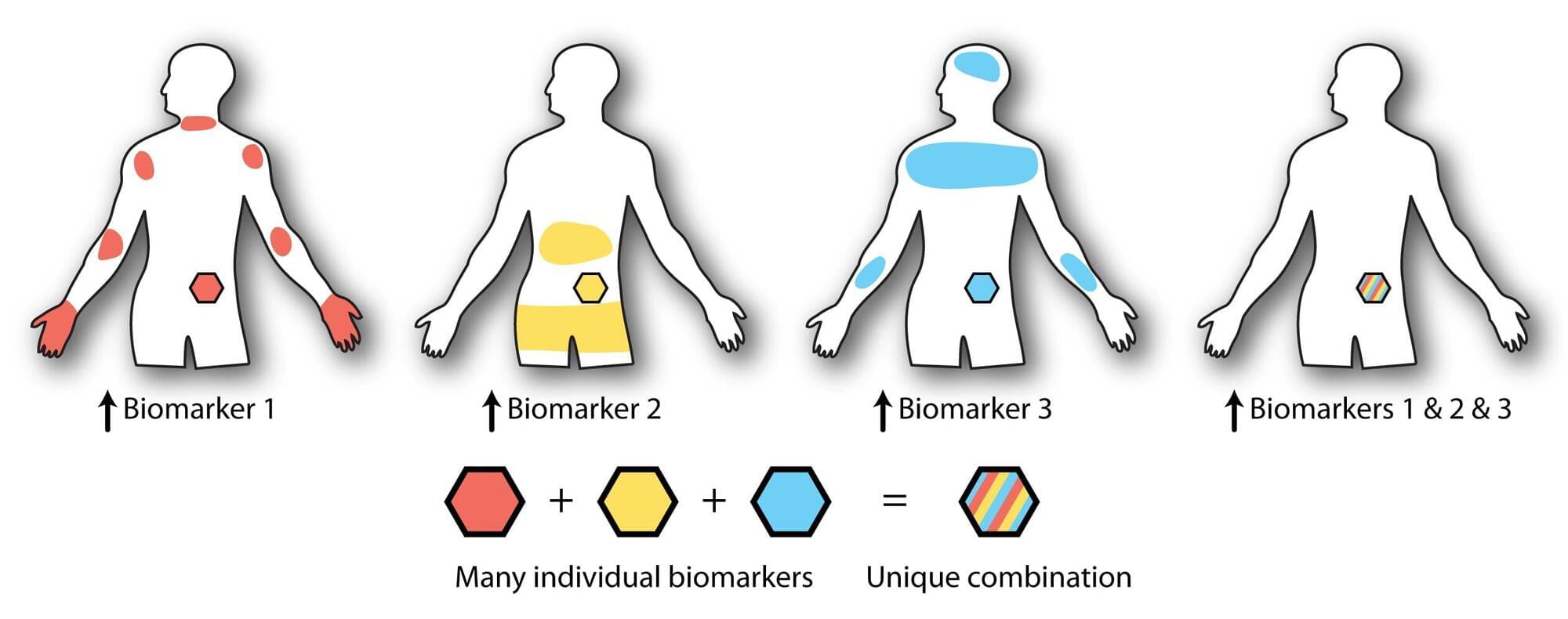In this section, the authors reveal the findings of this review. The findings are categorized based on data modalities, showcasing the effectiveness of AI models in terms of evaluation metrics. Figure 1 summarizes the extraction process, providing a clear representation of the progression from article identification to final selection of studies. The initial search yielded a substantial total of 1,175 articles. Based on the inclusion and exclusion criteria, the subsequent screening process excluded irrelevant articles. By meticulously filtering the literature, 25 studies were deemed suitable for inclusion into this review.
A chronology of research studies on the uses of AI in DS diagnosis is shown in Figure 2. This timeline highlights a considerable growth in academic interest over the course of the years. A single study was published per year between the years 2013 and 2017. Technical restrictions and the availability of datasets restricted the early attempts to integrate AI into DS diagnoses. Advancements in deep learning and machine learning technologies have been driven by continuous growth in research, representing a milestone in 2021. These developments are signs of increasing confidence in the ability of artificial intelligence to identify and resolve challenging diagnostic problems. The year 2021 reaches a high with four studies, indicating a surge of innovation. This may result from improved computing tools and a more extensive understanding of the usefulness of artificial intelligence in the medical field. However, the minor decline in 2022 and 2023, with three studies, may indicate difficulties in maintaining the rapid pace of research. These challenges may include restricted access to different datasets or limitations to clinical adoption.
In 2024, there was a significant increase in DS diagnostics approaches, achieving a total of seven studies. This increase is a result of developments in AI algorithms, collaborations across diverse fields, and the significant role of AI in medical diagnosis. It demonstrates the increased academic and multidisciplinary interest in developing effective AI-powered DS detection models. In addition, an increasing trajectory highlights the importance of maintaining research efforts in order to overcome current challenges in implementing AI applications in the healthcare sector.








